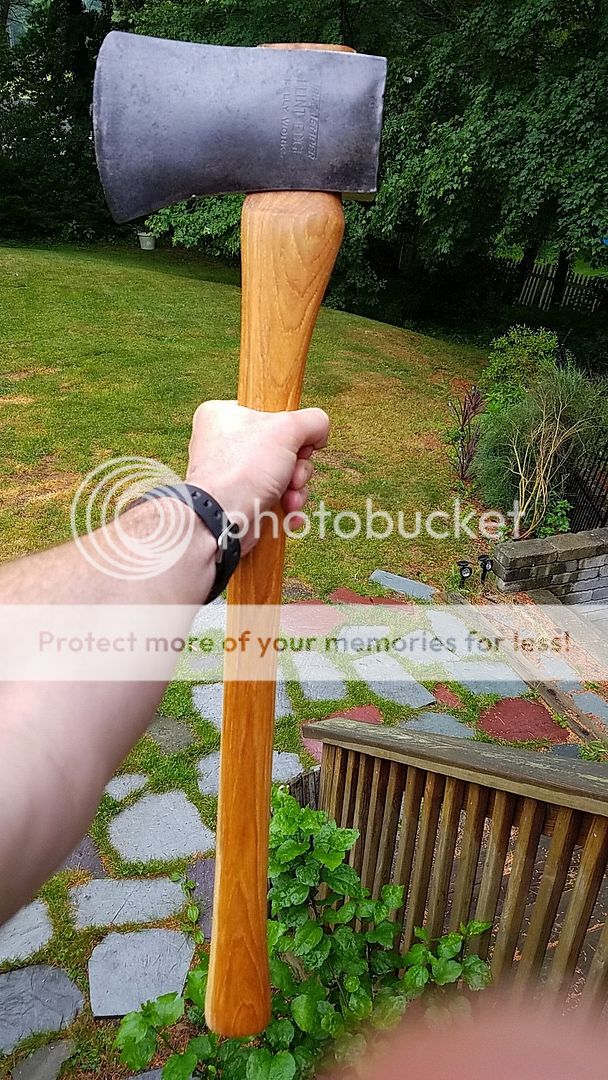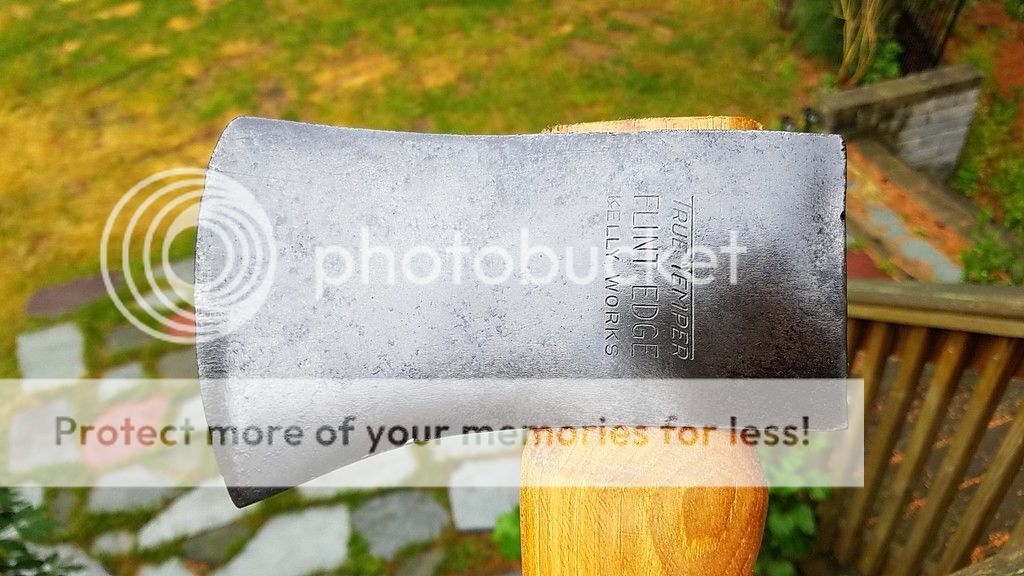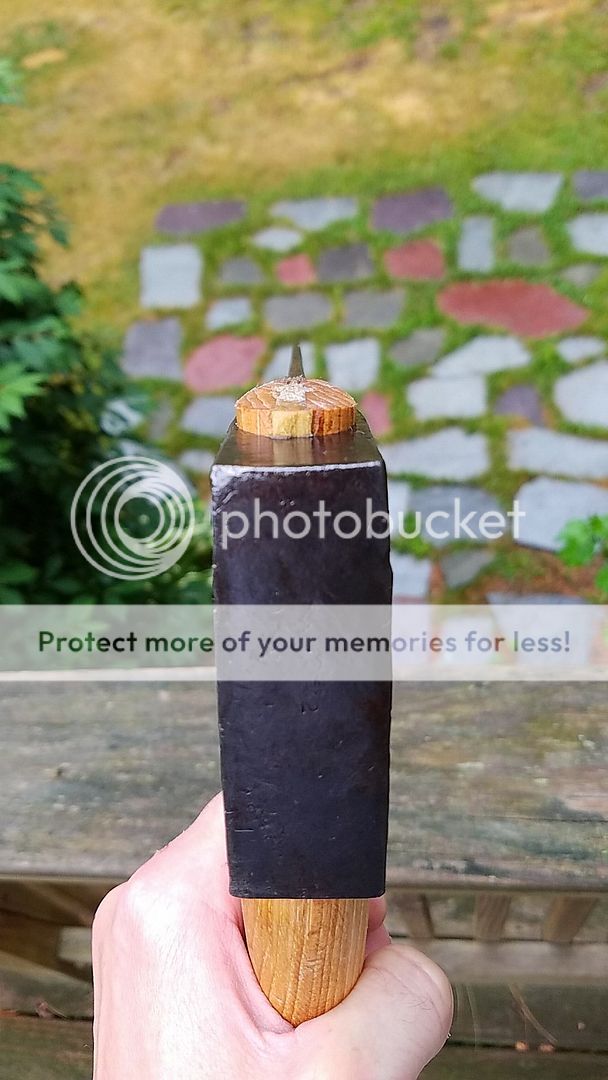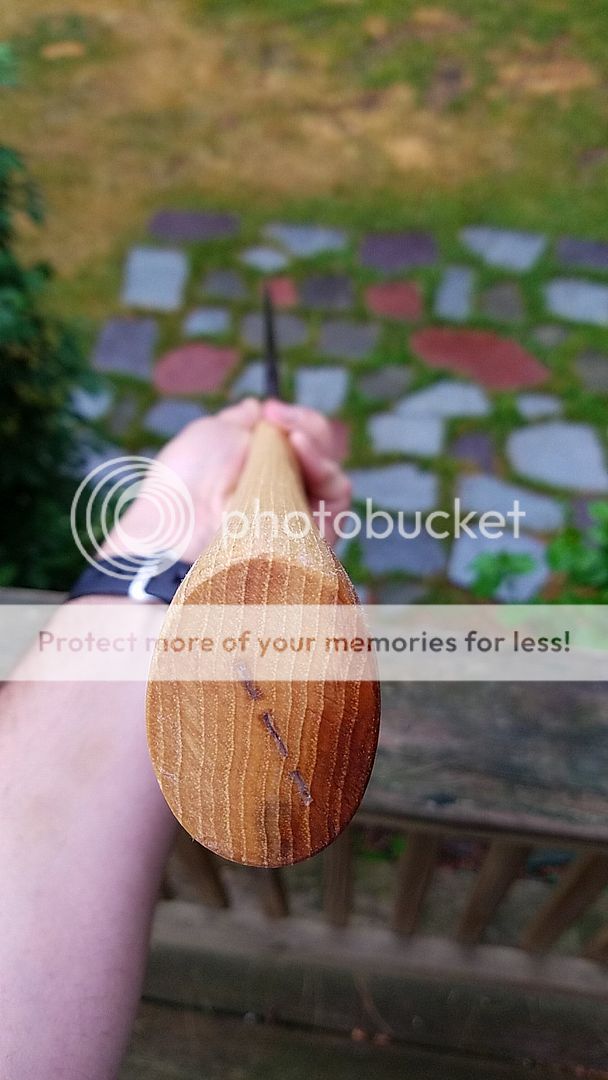That's the thing right there "consistent flight". From what I have seen with lithic scatters and the few surviving quivers is that stone age man probably never quit making arrows. He always had shafts in various states of being finished I suspect. They were certainly not wasted hap hazard fashion that is for sure.
To do some of the things they were capable of (taking birds in flight is common lore) would have required significant experience at both making and shooting of arrows. My dad was a European civilian WWII survivor and he forbade me from ever aspiring to own a gun. Over a period of 10 years in my youth I got pretty darn good with a bow and arrow, enough to be able to marvel at skills attributed to folks that used them generations before me.










